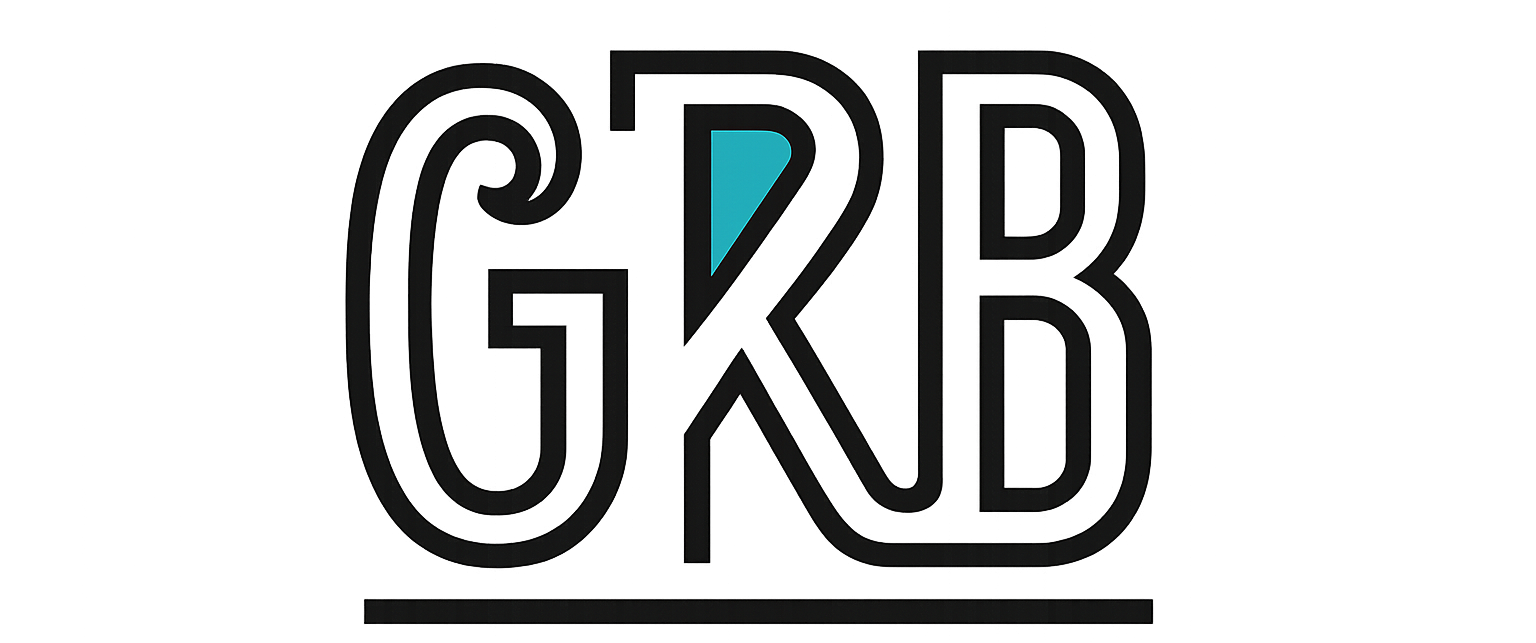For many, the quest for Inbox Zero feels like an eternal battle against a rising tide of emails. Yet, in the modern Microsoft ecosystem, achieving email zen is more attainable than ever, thanks to the power of Power Automate. This article will guide you through the key steps of using Power Automate to automate your email workflow and finally tame the email beast.
Step 1: Define Your Zero
Before wielding the automation hammer, establish your personal definition of “zero.” Are you aiming for a completely empty inbox? Or just a clutter-free haven where every email has a clear purpose and action? Identifying your goal helps tailor your automation strategy.
Step 2: Leverage Triggers and Conditions
The heart of Power Automate lies in its triggers and conditions. Choose from triggers like “When a new email arrives” or “When an email is marked as important.” Combine these with conditions to filter emails based on sender, subject, keywords, or even sentiment analysis. By focusing on relevant emails, you avoid unnecessary automation overload.
Step 3: Automate Actions for Different Email Types
Here’s where the magic happens. Define actions for different email categories.
Here are some ideas:
- Newsletter & Promotions: Use the “Move to Folder” action to automatically send newsletters and promotions to dedicated folders for later review.
- Personal To-Dos: For emails requiring action, use the “Create a Task” action with a due date and assign it to yourself or the relevant person.
- Meeting Invitations: Automate calendar invites with the “Create or Update Event” action, ensuring your schedule stays synced.
- Low-Priority Messages: Archive lower-priority emails with the “Move to Archive” action, keeping your inbox focused on immediate tasks.
Step 4: Take Advantage of Conditional Actions and Dynamic Content
Power Automate goes beyond simple actions. Utilize dynamic content to extract information from email subjects or text, personalize responses, and tailor actions based on specific conditions. For example, an email from your manager with “Urgent” in the subject might trigger a notification on your phone.
Step 5: Refine and Iterate
Automation isn’t set-and-forget. Monitor your flows, analyse how effectively they categorize and handle emails, and tweak them as needed. The beauty of Power Automate is its customizability, allowing you to refine your workflow over time and achieve your ever-evolving definition of Inbox Zero.
Bonus Tip: Utilize Templates and Community Resources
Don’t reinvent the wheel! Microsoft offers pre-built Power Automate templates for common email scenarios. Additionally, the vibrant Power Automate community shares valuable workflows and tips to accelerate your automation journey.
Reaching Inbox Zero is a journey, not a destination. By harnessing the power of Power Automate, you can create a streamlined email workflow that minimizes manual effort and maximizes your productivity, allowing you to reclaim control over your inbox and focus on what truly matters.
Remember, achieving Inbox Zero is not just about aesthetics; it’s about regaining control over your time and attention. With Power Automate as your ally, you can finally break free from the email deluge and embrace a calmer, more productive way to work.
Have you used Power Automate to achieve Inbox Zero? Feel free to share your tips and experiences.

